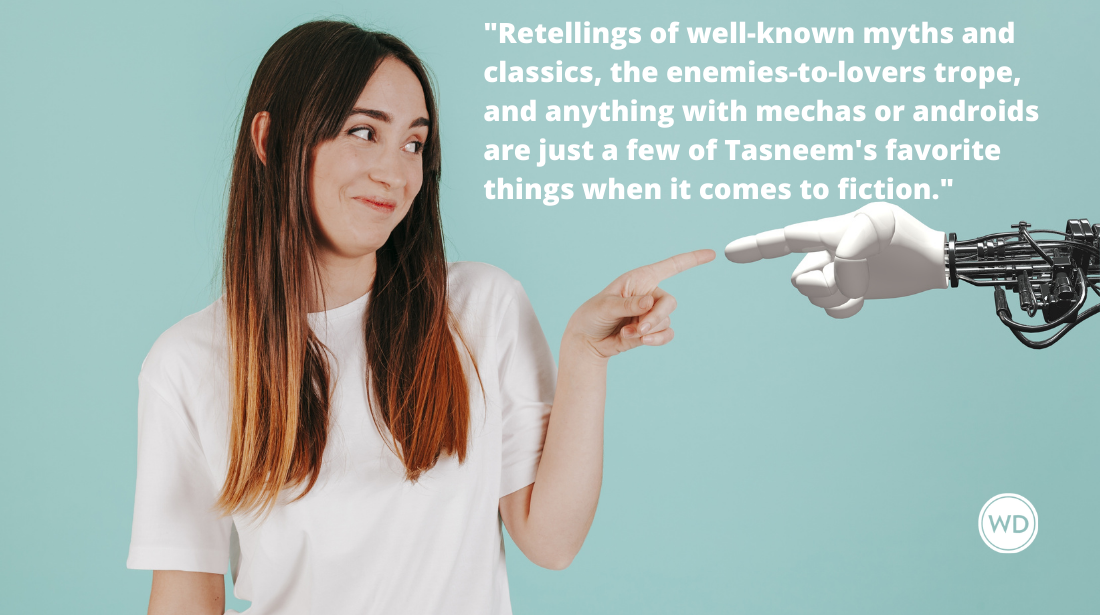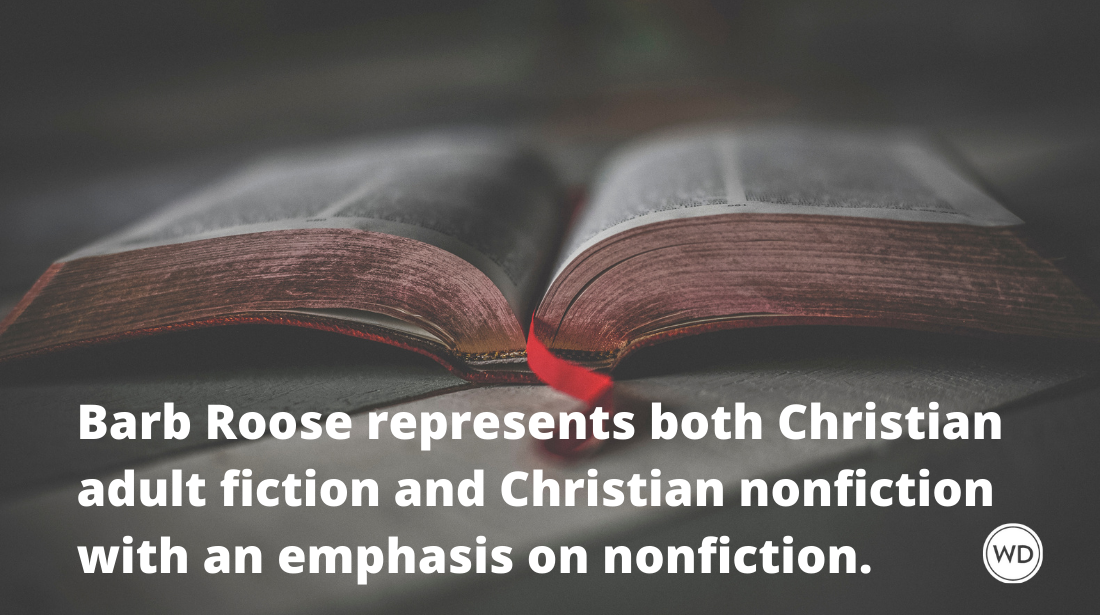Page 1: How to Start Your Romance Novel
Page One: Where to Start You should be able to convincingly answer the question, Why does page one pick up the story at the moment it does? The best beginnings show—within the first few pages or even paragraphs—the main characters under pressure and facing a challenge, a change in circumstances, or a threat that will significantly alter the rest of her life. 1. Start with one of your two main characters. Readers expect the first character they meet in the story to be either the hero or the heroine (and most often it is the heroine), and they’re immediately prepared to care about this person.
Here on the blog, I don't spend too much time talking about craft, simply because it's a huge subject I can't really do justice to; however, I do like to talk about how best to start your story right and have a compelling Page 1 and Chapter 1, and that's where this guest column comes in, from romance writer Leigh Michaels.
STARTING TO WRITE YOUR STORY
Figuring out where to start telling your story is one of the bigger challenges you face. You have limited time and space—a few pages, at most—to seize your readers' interest. If you start too slowly and include too much of the characters' history, readers may get tired of waiting for the interesting stuff to start. If you start too fast, with too much action, they may get confused. Either miscalculation can make a reader put the book down and never pick it up again.
This column excerpted from On Writing Romance by
Leigh Michaels.
Order a copy of Leigh Michaels's On Writing Romance today.
Amazon
[WD uses affiliate links.]
Page One: Where to Start
You should be able to convincingly answer the question, Why does page one pick up the story at the moment it does? The best beginnings show—within the first few pages or even paragraphs—the main characters under pressure and facing a challenge, a change in circumstances, or a threat that will significantly alter the rest of her life.
There are no hard and fast rules for exactly how to begin your book, but certain starting setups have proven successful over time. When you're deciding where and when to begin, keep the following options in mind:
1. Start with one of your two main characters. Readers expect the first character they meet in the story to be either the hero or the heroine (and most often it is the heroine), and they're immediately prepared to care about this person. In this opening paragraph from her historical novella, The Rake's Bride, Nicola Cornick introduces her hero and gives us a pretty good idea why we'll be rooting for this war veteran to find love: as a reward for the hell he's been through:
The April sunlight was as blinding as a flash of gunpowder and the rattle of the bed curtains sounded like distant artillery fire. For a moment, Jack, Marquis of Merlin, wondered if he had gone to hell and ended back in the Peninsula War.
2. Start with action. A good option is to show the main character at the point when that character's life is disrupted by some kind of danger or threat. The danger doesn't have to be life-threatening, and it's better if it isn't complex and doesn't require lengthy explanation. Starting with action is particularly effective when the situation is easily understood or the peril is something the readers can relate to—as in this example from Liz Fielding's sweet traditional, The Billionaire Takes a Bride:
This was a mistake ... Every cell in Ginny's body was slamming on the brakes, digging in its heels, trying to claw its way back behind the safety of the rain-soaked hedge that divided her roof top terrace from the raked perfection of Richard Mallory's Japanese garden ...
Her boots left deep impressions in the damp gravel. So much for stealth.
She was not cut out for burglary.
3. Start with an attention-getting statement. When the readers are presented with something they don't expect, as in Maureen Child's single title Some Kind of Wonderful, they will read on to find out what the heck's happening:
Baby Jesus moved.
Carol Baker blinked and shook her head. "Okay, Carol. When you start
seeing statues move, it's either a miracle or you've got problems." She
stared hard at the brightly-lit, life-sized Nativity scene that filled one
corner of the town square ...
"Okay, Baby Jesus is definitely moving."
Within a few paragraphs, we find out that "Baby Jesus" is actually an abandoned infant, and the heroine finds her life taking a dramatic turn.
Leigh Michaels is the author of On Writing Romance.






